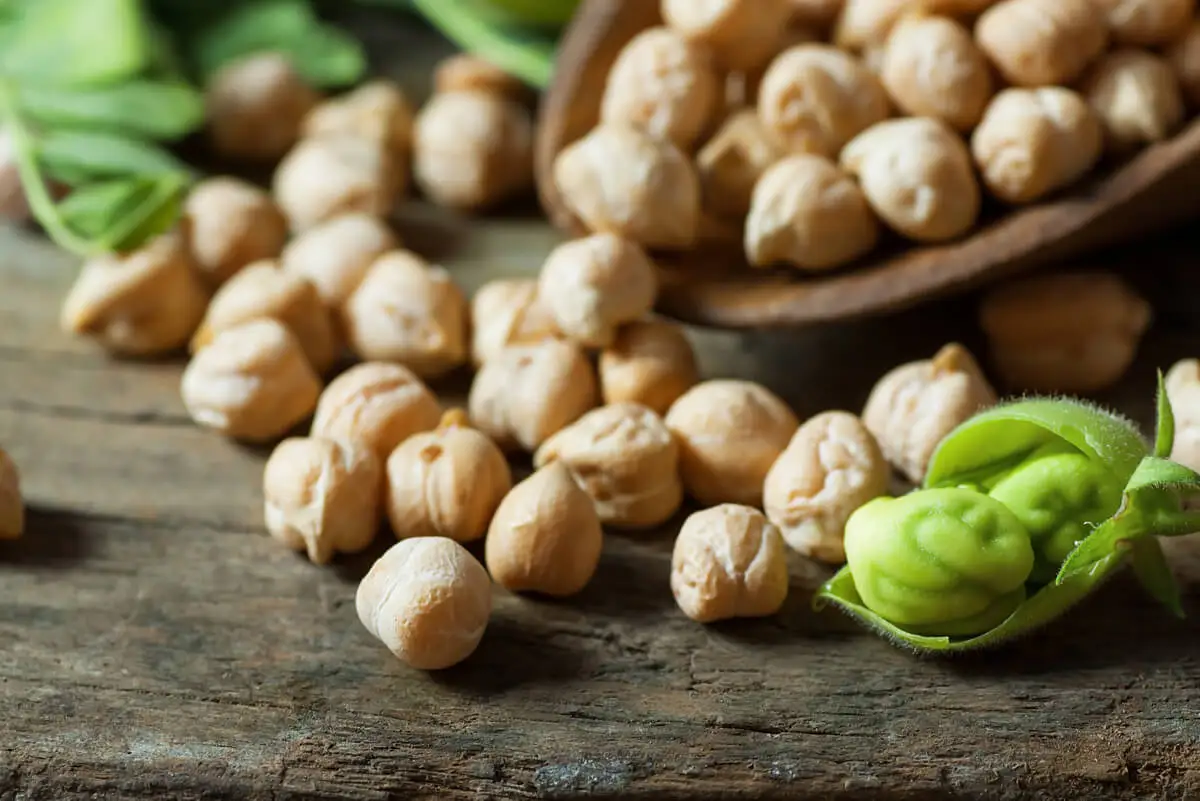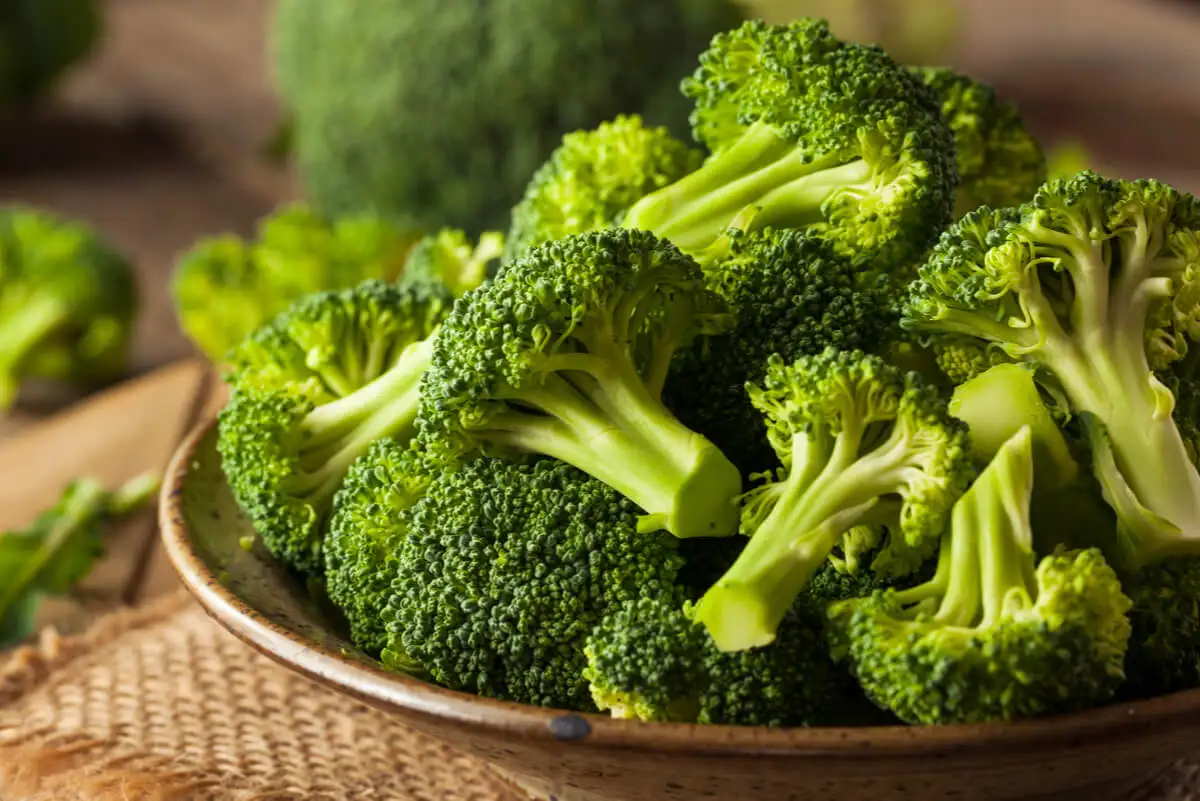4 Easy and Healthy Side Dishes with Carrots


Written and verified by the nutritionist Florencia Villafañe
Undoubtedly, there are many healthy side dishes with carrots that can liven up your mealtimes. This ingredient can be combined with other vegetables, legumes, grains, or cereals.
However, some people say that when it comes to making dishes with carrots, they can never think of any ideas. We’ve come to your rescue today, so keep reading and find some great recipes.
Carrots are one of the most popular vegetables in the kitchen, even in garnishes. This food has quite a sweet taste, but it can be used in savory recipes.
You may be interested in: 2 Delicious and Easy Carrot Cake Recipes
1. Side dishes with carrots: carrot with chickpeas and parsley
This is a great option to consume legumes and vegetables at the same time. In addition, you can prepare it as a fresh or hot side dish.
Ingredients
- 1 medium carrot
- 2 sprigs of parsley
- Salt and oregano
- 1 dash of apple cider vinegar
- 1 teaspoon of extra virgin olive oil
- 1/2 cup of cooked chickpeas or 1/2 cup of canned chickpeas.
Step by step instructions
- If you’re using canned chickpeas, first open the can of chickpeas, remove the liquid inside and wash it to remove excess sodium. When done, drain with a colander and store half of the beans in the refrigerator.
- Add 1/2 cup of the chickpeas to a bowl.
- Next, wash and grate the carrot into the bowl with the chickpeas.
- After that, wash and chop the parsley as finely as you can, and add it to the bowl.
- Add the salt, olive oil, oregano, and a dash of vinegar.
- Stir to season everything.

More benefits of carrots: Make Homemade Soap with Carrots for Beautiful Skin
2. Grated carrots on a bed of vegetables
Salads are most popular when temperatures are high. Besides, this option is fresh and quick to prepare.
3. Carrot puree with pumpkin
This option is an excellent one to get kids to eat their vegetables. At the same time, it’s perfect for days when you fancy a hot and healthy meal.
Ingredients
- Salt to taste
- 1 large carrot
- 1 cup of milk
- 1 pinch of nutmeg
- 1 slice of pumpkin
- 1 teaspoon of extra virgin olive oil
Step by step
- Wash and peel the carrot and pumpkin.
- When done, place them in a pot with hot water (just enough to cover them).
- Boil them over a medium heat for 15 to 20 minutes. Then check they’re done by inserting a knife in the center.
- If they’re already soft, drain the water, and leave the vegetables inside the pot.
- Mash them with a potato masher until you get an orange-colored puree.
- Add the oil, salt and nutmeg and stir.
- Add the milk in squirts and continue stirring. You can add as much liquid as you feel necessary.
- When it has formed, taste for flavor and, if you like, season it again. When finished, reheat the puree before eating.
4. Carrot au gratin with broccoli
This side dish is colorful, nutritious and perfect with chicken or white meat.
Ingredients
- 1 large carrot
- 100 grams (4 oz) of broccoli
- 1/4 red bell bell pepper
- Cheddar cheese
- Salt and oregano to taste
- 1 teaspoon of extra virgin olive oil
Step by step
- First, wash and chop the carrot and broccoli into cubes. Then cut the bell pepper into thin strips.
- Next, place the olive oil in a wok or frying pan and add the carrot into it. Cook over a low heat.
- After 5 minutes, add the bell pepper. While they’re cooking, stir so that the vegetables don’t stick together.
- When both ingredients are soft, add the broccoli. Let it cook for 5 minutes.
- Add the salt and oregano.
- Chop the feta cheese into cubes and add it to the pan. Turn off the heat when it has melted.

Other great carrot recipes: 2 Easy Ways to Cook Creamed Carrots
What are the benefits of consuming carrots in side dishes?
There’s enough scientific evidence to show us that consuming carrots regularly helps prevent diseases. This vegetable provides vitamins A, C, K, B6, as well as minerals such as phosphorus and potassium, making it a useful food to strengthen the immune system.
In addition, its components and antioxidants protect the gastric mucosa and prevent the formation of ulcers, as stated in a study published in 2015. Moreover, it contains vitamin A precursors or carotenoids.
You can prepare plenty of healthy side dishes with carrots or add them to sweet or savory recipes. By using them in these recipes, you’ll be able to take advantage of all the health benefits this vegetable provides.
All cited sources were thoroughly reviewed by our team to ensure their quality, reliability, currency, and validity. The bibliography of this article was considered reliable and of academic or scientific accuracy.
- FEN. Zanahoria. Carrot Daucus carota L. Disponible en: https://www.fen.org.es/MercadoAlimentosFEN/pdfs/zanahoria.pdf
- Eliassen, A. H., Hendrickson, S. J., Brinton, L. A., Buring, J. E., Campos, H., Dai, Q., … & Hallmans, G. (2012). Circulating carotenoids and risk of breast cancer: pooled analysis of eight prospective studies. Journal of the National Cancer Institute, 104(24), 1905-1916.
- Caballero-Gutiérrez, L., & Gonzáles, G. F. (2016). Alimentos con efecto anti-inflamatorio. Acta Médica Peruana, 33(1), 50-64.
- SANGIOVANNI, J., CHEW, E., CLEMONS, T., FERRIS, I. F., GENSLER, G., LINDBLAD, A., … & SPERDUTO, R. (2007). DIETARY CAROTENOID C INTAKETHE RELATIONSHIP OF DIETARY CAROTENOID AND VITAMIN A, E, AND C INTAKE WITH AGE-RELATED MACULAR DEGENERATION IN A CASE-CONTROL STUDY (AGE-RELATED EYE DISEASE STUDY RESEARCH GROUP).
- Cárdenas, M. D. L. Á. B., Díaz, A. V., Espín, A. P., & Álvarez, C. S. (2015). Efecto gastroprotector del jugo de zanahoria (Daucus carota), col (Brassica oleracea) y papa (Solanum tuberosum). Medicentro, 19(2), 80-87.
This text is provided for informational purposes only and does not replace consultation with a professional. If in doubt, consult your specialist.








